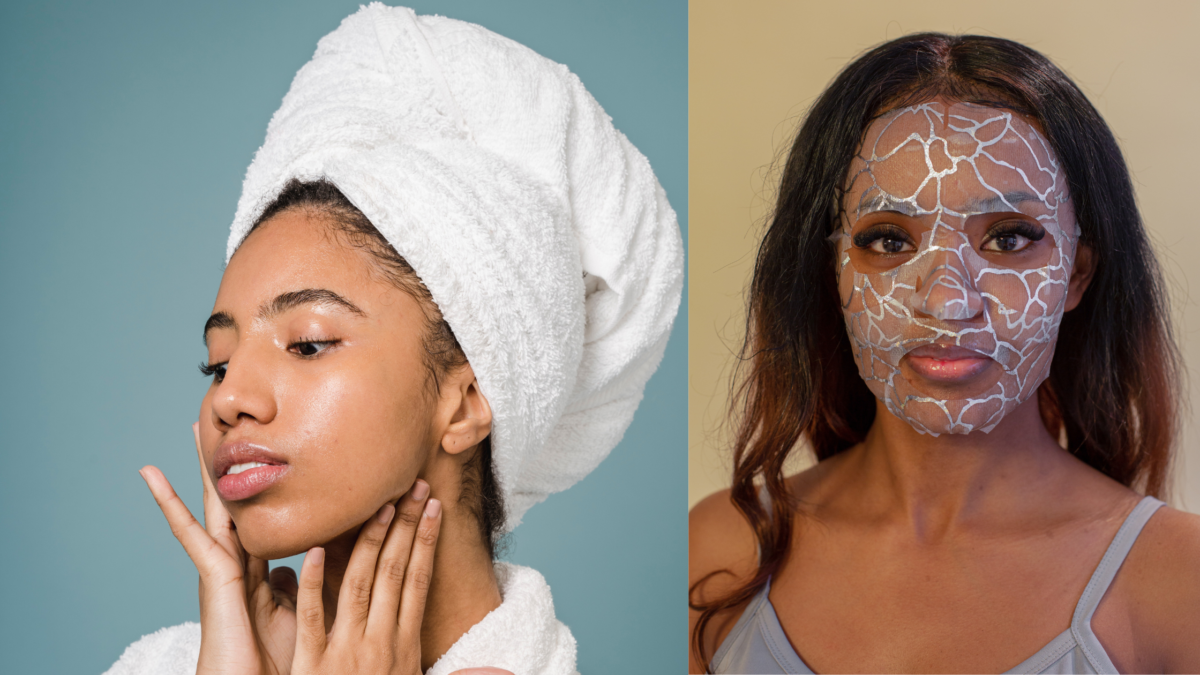Chemical peel is a cosmetic procedure that involves the application of a chemical solution to the skin to exfoliate the outer layer, revealing smoother and younger-looking skin. It is a popular treatment for various skin concerns, including acne, wrinkles, hyperpigmentation, and uneven skin tone. However, before considering chemical peel treatment, it is crucial to understand its types, benefits, risks, and aftercare requirements. Here are 10 chemical peel facts essential facts every lady should know about chemical face peel.
Table of Contents
Types of Chemical Peel
There are three types of chemical peel: superficial peel, medium peel, and deep peel.
Superficial peel involves the use of mild acids such as alpha-hydroxy acid (AHA) and beta-hydroxy acid (BHA) to exfoliate the outer layer of the skin.
Medium peel uses trichloroacetic acid (TCA) to penetrate deeper into the skin and remove the outer and middle layers.
Deep peel, on the other hand, uses phenol to penetrate deep into the skin and remove the outer and middle layers, revealing smoother and tighter skin.
Benefits of Chemical Peel
Chemical peel offers several benefits, including improving skin texture and tone, reducing fine lines and wrinkles, treating acne and acne scars, fading dark spots and hyperpigmentation, stimulating collagen production, and enhancing skin hydration.
Preparation for Chemical Peel
Before undergoing a chemical peel, it is essential to consult with a dermatologist to assess your skin type and condition. The dermatologist will also recommend a skincare regimen to prepare your skin for the procedure and avoid sun exposure to minimize the risk of complications.
Chemical Peel Procedure
The chemical peel procedure typically takes 30 to 60 minutes to complete, depending on the type and extent of the treatment. It involves prepping the skin, applying the chemical
10 Facts Every Lady Should Know About Chemical Peel
Sure, let’s dive into the details of each of these facts.
- Chemical face peel can improve the appearance of fine lines and wrinkles. Chemical peels are effective at reducing the appearance of fine lines and wrinkles. This is because they work by removing the outer layers of dead skin cells, which can contain a buildup of debris and impurities that can make skin look dull and tired. By removing these layers, chemical peels help to reveal smoother, younger-looking skin.
- Different types of chemical peels have different levels of intensity. There are three main types of chemical peels: superficial, medium-depth, and deep. Superficial peels are the mildest, while deep peels are the most intense. The intensity of the peel will determine how deeply it penetrates the skin and how much downtime is required afterward.
- Chemical peels can help to fade acne scars. Acne scars can be difficult to treat, but chemical peels can help to improve their appearance. Chemical face peel work by removing the top layers of skin, which can help to reduce the appearance of acne scars and make skin look smoother and more even.
- It’s important to avoid sun exposure after a chemical peel. After a chemical peel, your skin will be more sensitive to the sun. It’s important to avoid sun exposure and wear a broad-spectrum sunscreen to protect your skin from further damage. This is especially important in the first few days after the peel, when your skin is still healing.
- Chemical peels can help to improve the appearance of hyperpigmentation. Chemical peels can help to improve the appearance of hyperpigmentation by removing the top layers of skin and promoting the growth of new, healthy skin cells.
More Facts
- Chemical peels are not recommended for everyone. While chemical peels can be a great option for many people, they are not recommended for everyone. People with certain skin conditions, such as eczema or rosacea, may not be good candidates for chemical peels. Additionally, people with darker skin tones may be at a higher risk for developing post-inflammatory hyperpigmentation after a chemical peel.
- The depth of the peel will determine how long the recovery period is. The recovery period after a chemical peel will vary depending on the depth of the peel. Superficial peels may only require a few days of downtime, while deep peels can take several weeks to fully heal. It’s important to follow your provider’s aftercare instructions carefully to ensure that you heal properly.
- Chemical peels can be performed on different areas of the body. While chemical peels are commonly performed on the face, they can also be performed on other areas of the body, such as the neck, chest, and hands. These areas can also show signs of aging and sun damage, and chemical peels can help to improve their appearance.
- It’s important to choose a qualified provider for your chemical peel. When considering a chemical peel, it’s important to choose a qualified provider who has experience performing the procedure.
- It’s important to follow a skincare regimen after a chemical peel. After a chemical peel, it’s important to follow a skincare regimen that includes gentle cleansers, moisturizers, and sunscreens. Your provider may also recommend certain products or treatments to help you maintain the results of your peel. It’s important to follow these recommendations carefully to ensure that you get the best possible results.

